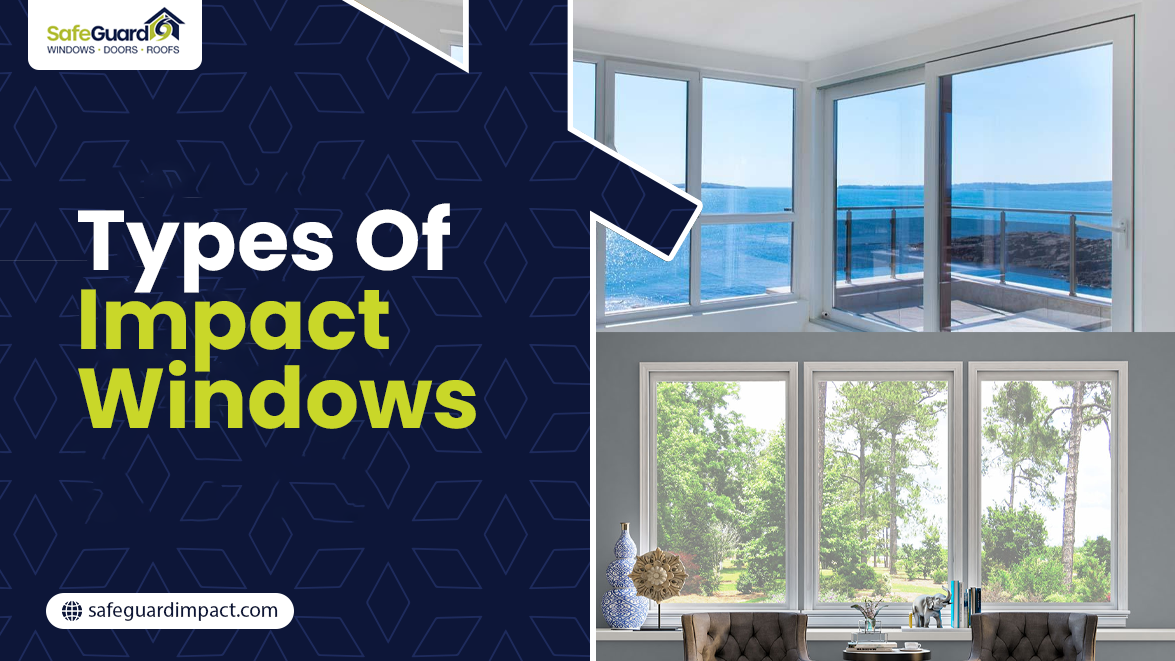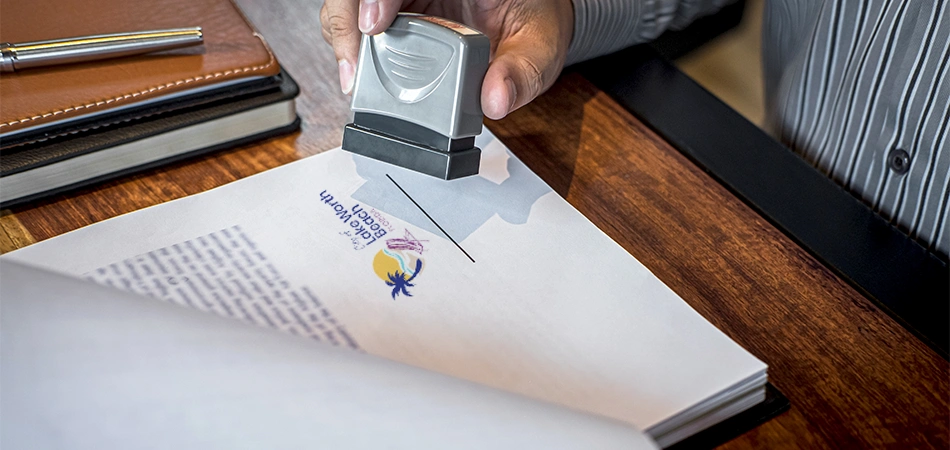Standard windows are not built for high-risk environments, especially in areas flagged for strong winds or break-in concerns. However, with modern options like impact-resistant windows, you can protect your home, reduce risk, and gain year-round peace of mind.
These windows comprise laminated glass, a strong inner interlayer, and reinforced framing that keeps the window intact even under direct impact. In addition to adding safety and peace of mind, they improve energy efficiency, block outside noise, and filter harmful UV rays, making them a smart upgrade beyond just protection.
When choosing impact-resistant windows, you need to match performance to your goals, compare different styles, and factor in total cost. Basic models like single-hung windows are typically more affordable, while larger or custom-designed units cost more due to added materials and installation complexity.
What Are Impact-Resistant Windows?
Impact-resistant windows are engineered to stay intact when struck. Instead of breaking into pieces, the glass may crack but remain bonded together, preventing penetration and protecting your home. This is possible due to a layered glass structure, different grades of impact windows, and secure framing designed to contain force rather than fail under it.
They stop breakage, preserve safety, resist forced entry, and protect the interior from sudden pressure or object impact. They are most commonly used in homes prioritizing personal security, risk reduction, and long-term durability.
Core Components of Impact-Resistant Windows
These windows rely on a combination of materials, each serving a distinct role in resisting impact.
Laminated Glass Core
At the center of every impact-resistant window is a laminated glass panel. This consists of two (or more) glass sheets fused with a transparent interlayer. The outer glass may break, but when hit, the interlayer holds the fragments together and prevents shattering.
Interlayer Material
The interlayer is typically made from polyvinyl butyral (PVB) or a stronger alternative like SentryGlas. It acts as a bonding surface and energy absorber, softening the impact and stopping the force from traveling through.
Frame System
The frames must match the strength of the glass. Impact-resistant window frames are usually built from aluminum, vinyl, fiberglass, or wood-clad materials, each reinforced to maintain structural integrity during extreme force. These frames are tested to ensure they do not twist or detach under pressure.
Hardware and Anchors
Specialized fasteners and locking systems are added to anchor the frame securely into the wall structure. This prevents movement or collapse during impact events where standard window frames might fail or detach.
How to Choose Impact-Resistant Windows for Your Home?
Not all windows are equal in performance or fit. Selecting the right option means considering your goals, your home’s layout, and installation quality. Here’s a four-step approach:
Step 1: Identify Protection Goals
Is your focus on break-in prevention? Accident safety? Or a complete replacement upgrade? Defining your priorities will narrow the options to the most suitable models.
Step 2: Review Window Ratings
Check for certified test ratings. Common standards include ASTM impact protocols and design pressure (DP) ratings. These ensure the product has passed controlled impact and pressure tests.
Step 3: Select Functional Styles
Consider how the window operates. Fixed windows work for views and lighting, while casement or sliding windows add ventilation. The style should match the room’s purpose and traffic flow.
Step 4: Use a Licensed Installer
Installation is where many products fail. A certified contractor will ensure the frame is properly anchored, sealed, and compliant with relevant codes or insurance guidelines, helping to optimize impact window installation time for a smooth and efficient process.
Benefits of Impact-Resistant Windows
Choosing these windows delivers more than just added durability. The structural design brings several everyday advantages to homeowners.
- Physical Safety: When glass breaks, it becomes a hazard. Impact-resistant windows are designed to contain broken glass and reduce the chance of injury, even in the event of severe force.
- Theft Prevention: A broken window is often the easiest entry point during a break-in. These windows delay or prevent forced entry attempts by resisting penetration, even after repeated strikes.
- Noise Dampening: The laminated layers provide strong acoustic insulation. Homes feel quieter inside, especially in neighborhoods near roads, schools, or public areas.
- Temperature Regulation: The construction of these windows helps block solar heat and retain indoor air, reducing the strain on cooling and heating systems throughout the year.
- UV Filtering: The inner layers naturally block a high percentage of ultraviolet light. This helps protect interior furnishings, flooring, and textiles from sun damage and fading.
Cost Considerations of Impact-Resistant Windows
Impact-resistant windows are priced based on several key factors, including the frame material, glass configuration, window size, and installation requirements.
Costs may also vary depending on the type of interlayer (such as PVB or SentryGlas), energy-efficient features, and custom design requests. On average, you can expect to pay between $500 and $1,500 per window installed, depending on the material and style.
Cost According to Types of Impact-Resistant Windows:
- Single-Hung Windows: Cost between $300 and $900 installed. Most budget-friendly and commonly used in bedrooms or smaller openings.
- Casement Windows: Typically $800 to $1,200. Hinged on the side and open outward, offering excellent sealing against wind.
- Sliding Windows: Cost about $750 to $1,100. They are ideal for wide openings and homes seeking a modern, horizontal style.
- Custom Shapes or Large Sizes: May exceed $1,500 per window. Often seen in luxury builds or unique architectural designs.
Conclusion
Impact-resistant windows solve a critical weakness in home design: breakable glass. Built with laminated panels, structural interlayers, and reinforced frames, these windows stay sealed even under heavy force. They help prevent injury, deter intrusions, and reduce damage from accidents or severe weather. Whether you live in a coastal zone or simply want added security, they bring long-term protection and are known for how long impact windows last.
Beyond safety, they offer functional upgrades that improve daily life, stopping outside noise, lowering energy costs, and blocking UV rays that fade your interiors. Basic models like single-hung windows are typically the most affordable, while casement and custom shapes sit at the higher end. Knowing the materials, ratings, and style options lets you make an informed, cost-effective decision.
If you’re considering an upgrade, SafeGuard Impact can help you compare impact windows, identify signs you need new impact windows, review impact window installation needs, and make the right plan for your home.





